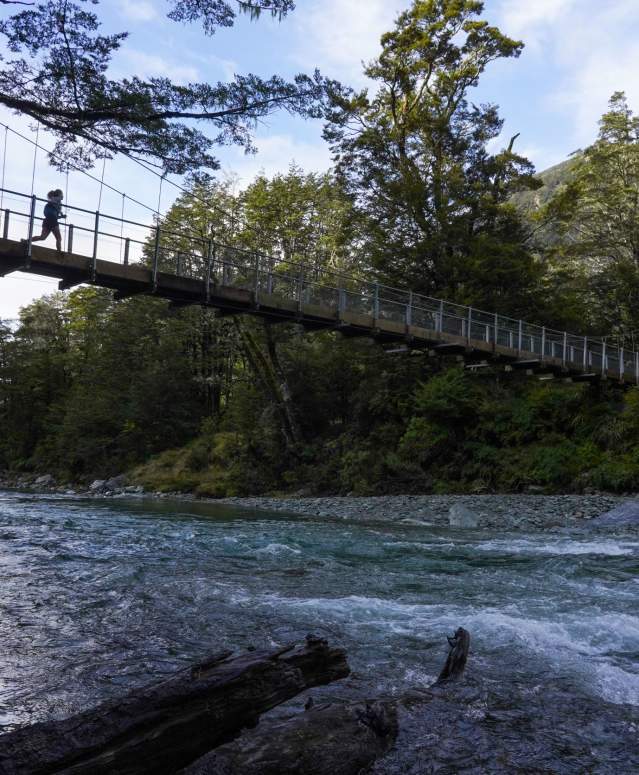Fiordland National Park
A vast expanse of Fiordland was made a scenic reserve in 1904 and then a national park in 1952. Later editions of Hollyford Valley in the 1960s and the Waitutu forest in 1998 brought the total land area of Fiordland National Park to 12,600 square kilometres – the largest national park in New Zealand and one of the largest in the world.
Challenging weather, rugged and often steep terrain, and dense vegetation means the interior of Fiordland is largely inaccessible. As a result, the region was never subjected to notable logging operations by early Europeans. Even attempts at whaling, seal hunting, and mining were short-lived and on a small scale. This lack of human interference means Fiordland National Park contains the greatest extent of unmodified vegetation in New Zealand, creating a haven for significant populations of endemic plants and threatened animals - in some cases, the only remaining wild populations of native species in New Zealand.
Saving the best for the end of a long day, Fiordland’s stunning natural environment and lack of light pollution make for a truly amazing stargazing experience. In fact, Fiordland National Park is set to become the largest Dark Sky Sanctuary in the world. Take your pick out of many great vantage points to watch the sun set behind the Fiordland mountain ranges and wait for the stars to shine. Stargazers from here get the best view of the Milky Way stretching itself across the southern sky.











